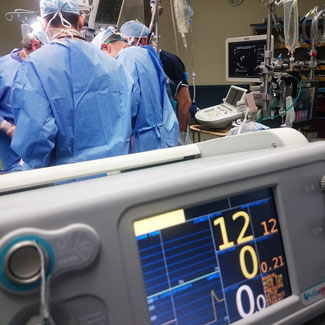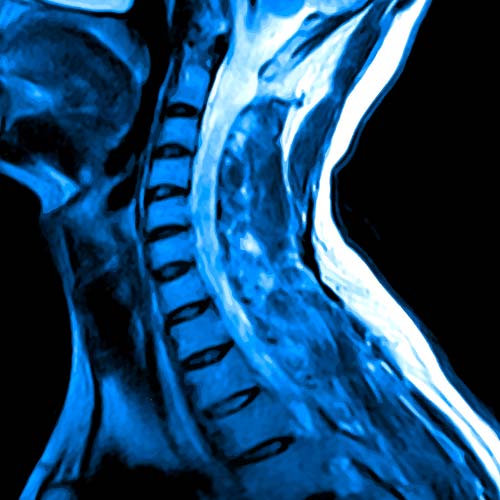The ability for a clinician to promptly diagnose and initiate proper treatment for acute exertional compartment syndrome (AECS) is crucial for the prevention of severe or devastating consequences for the patient. Abstract Acute exertional compartment syndrome (AECS) is characterized by a rise in pressure within a closed fascial space in […]
Read More
Hotknife dissection of the latissimus dorsi muscle for dynamic cardiomyoplasty Authors: Masao Takahashi; Shigeyuki Tomita; Hiroshi Ohtake; Nobuyuki Tanaka; Michio Kawasuji; Yoh Watanabe Read the Full Article >>
Read More
Compartment syndrome is a dangerous and potentially disastrous condition for a patient, which if not treated in a timely fashion can have devastating consequences. If there is high clinical suspicion of compartment syndrome intra-compartmental pressure should be measured immediately using a STIC intra-compartmental pressure monitor to confirm the proper diagnosis […]
Read More
Many authors advocate the use of intra-compartmental pressure monitoring in all at risk patients and those where extra clinical vigilance is advised. It has also been suggested that pressure monitoring may detect acute compartment syndrome prior to the onset of clinical signs, in addition to reducing the time to fasciotomy […]
Read More
Delayed diagnosis and treatment can lead to permanent dysfunction in the limb involved. For early diagnosis, ICP monitoring is one of the most important objective findings. In this case, the medical staff did not recognize the risk of ALCS and ICP was not monitored; therefore, the diagnosis of ALCS was […]
Read More
In a retrospective study of 1,184 patients investigating the use of continuous intra-compartmental pressure monitoring for the diagnosis of acute compartment syndrome reported an estimated sensitivity of 94%, specificity of 98%, and a negative predictive value of 99%, using the intraoperative clinical findings as the gold standard. Abstract Acute compartment […]
Read More
This case highlights the importance of a child presenting with lower leg pain and increasing analgesic requirements should have an urgent orthopaedic referral to rule out compartment syndrome as the consequences of a delayed diagnosis can be extremely severe. Abstract This case report acknowledges the importance of maintaining a high […]
Read More
Using a conservative treatment plan proved successful in returning 65% anterior chronic exertional compartment syndrome (CECS) patients to active duty without surgery. The plan consisted of numerous outpatient treatments such as stretching, massage, supplementation, with a focus on gait retraining. The continuous measuring ability of the C2Dx Indwell Slit Catheter […]
Read More
During a period of 2 years and 7 months, a total of 116 patients with tibial diaphyseal fractures were monitored for anterior compartment pressure. Using Whiteside’s recommendation measuring delta pressure (30mmHg) as a threshold for fasciotomy, all cases of acute compartment syndrome were properly diagnosed, with no missed cases. If […]
Read More
Use of the Shaw Scalpel in Head and Neck Surgery Author: Willard E. Fee, Jr., MD Read the Full Article >>
Read More









